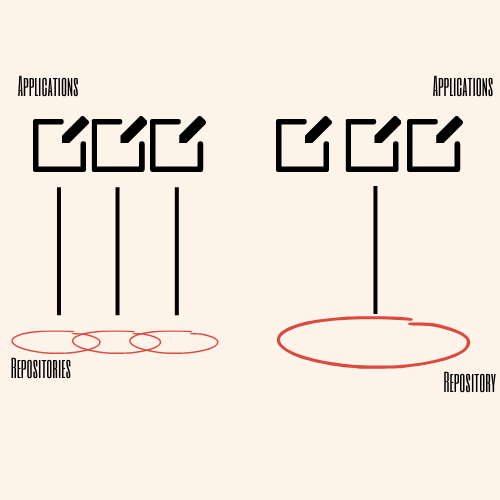Subscriber Data Management is an idea that mobile networks have begun adopting to centralize user data to ensure security for their users.
With the adoption of 5G, a new problem presented itself to telecommunication networks: while previously, standard practice was storing customer data across multiple different repositories, such a practice would slow down and render useless any efficiencies that would come about from 5G.
So, industry leaders revolutionized how they stored customer data into what is now known as subscriber data management (SDM). We’ll go over this idea as an overarching concept and show you how you can apply it to your own business.
What is Subscriber Data Management?
Subscriber Data Management (SDM) is how telecommunications networks efficiently manage their users’ data in one location. The industry standard used to use isolated repositories for data management based on subscriber location, network (whether they were on 2G/3G/5G), and more.
Here’s an image to help visualize the difference between the previous, inefficient way vs the new, modernized approach.

As you can see, the previous method relied on multiple small repositories with a corresponding application for each. The new method is much more efficient by having one large repository which all applications report to.
SDM is a common sense solution that brings all subscriber data together for more effective and secure management of user data. Here’s a helpful video from Nokia on the application of SDM:
The idea is similar in principle to a common form of website data management, that being data integration, with the priorities being security and efficiency. User privacy and data are getting increasingly important as companies transition to online businesses where user data is the central driving force for revenue generation.
Data Integration is the concept of storing all your data through one application. If you’re running a business, then one application might collect data about what purchases customers are making, another might track which ads users are clicking on when they visit your website, and another might track your website's analytics.
What Benefits Are There to Using Subscriber Data Management?
Scalable
With only one repository being used for information storage, that makes things easier to scale up. Instead of having many small repositories that each has to account for their own users' growth, SDM allows you to have one large repository with a more realistic long-term path for growth.
Part of this has to do with growth calculations, but also growing and maintaining one large repository is easier than having multiple smaller ones.
Let’s say you want to grow spinach, carrots, squash, and tomatoes. You could spend a lot of money and have a spinach farm, a carrot farm, a squash farm, and a tomato farm. On the other hand, you could spend money developing one big farm that houses all of the fruits and vegetables you want to grow.
If you took the former approach, then you’ll have to maintain multiple different farms, wasting resources when you could have just maintained one large garden. Adding more vegetables/fruits to a larger garden is a lot simpler than having to add a completely new garden just for a new type of fruit or vegetable.
Cost-Effective
The previous method of subscriber data storage led to companies having to filter resources for each repository. Calculating growth for many individual repositories is more difficult and more expensive than doing so for one large repository. In the long run, you are cutting costs and making things more convenient for you and your customers.
It is more unpredictable to calculate growth for many different storage repositories. You have to account for individual market growth, type of subscriptions (2G/3G/4G/5G), and accessibility. One storage repository fixes this issue by allowing you to look at the bigger picture and only have to assess one area to allocate resources toward.
Makes Data Analysis Easier
This benefit speaks for itself. With all subscriber data available in one location, you have easy access to analyze the data and implement changes based on your findings.
Think about it like this: instead of marketers needing to look through five different applications for data sources, streamlining the process makes it so that there is one application that they need to reference. This will help when bringing new employees on board and will help streamline the process for your current employees by reducing inefficiencies.
What Can We Learn From Industry Leaders?
Companies like Nokia have enjoyed a successful implementation of SDM for their telecommunications partners, making things easier for network companies to streamline their data services for the modern user.
So how can you apply these findings to your business? When it comes to data management, see what you can do to centralize user data to make things easier for you, your employees, and, most importantly, your customers.
Using Subscriber Data Management moving forward.
The principles of Subscriber Data Management should help your business when it comes to user data and overall growth. Having one place for storage should help with scalability, costs, and further growth. So what are you waiting for? It’s time to get started.

